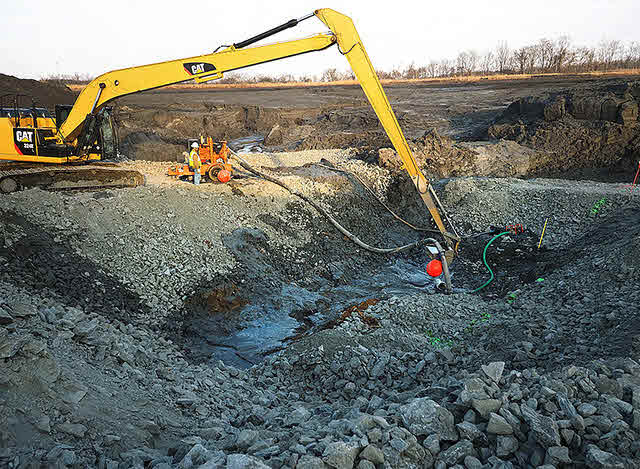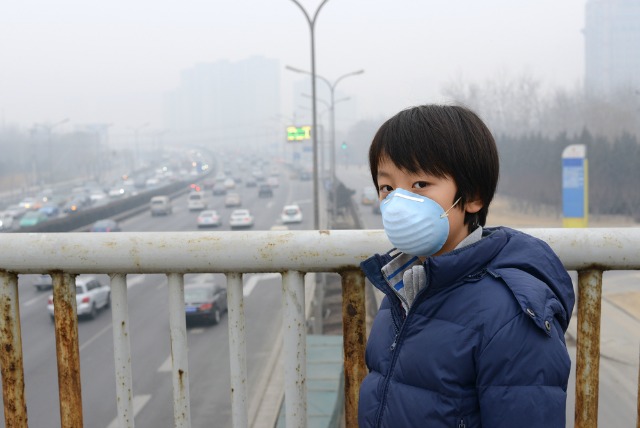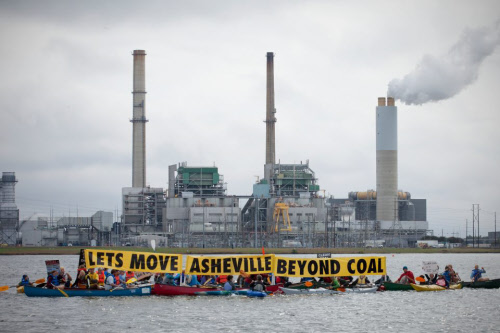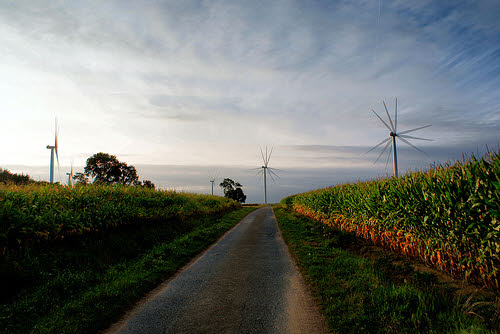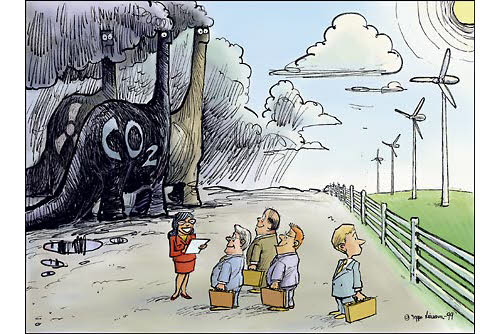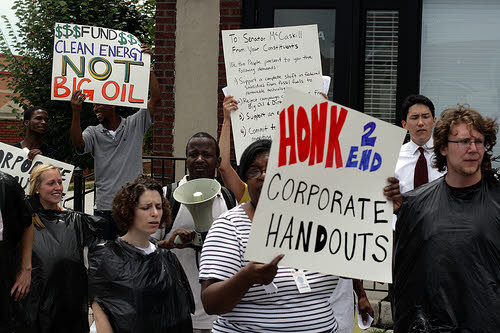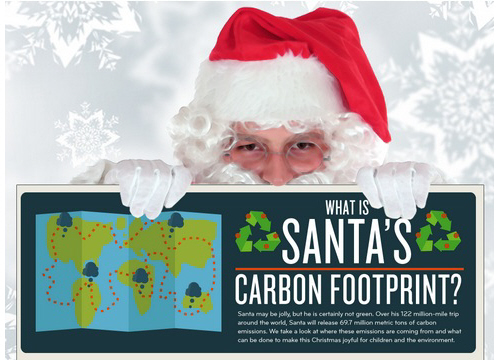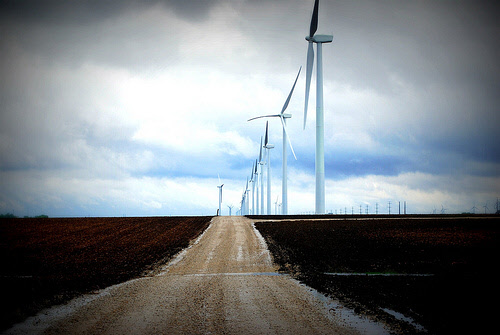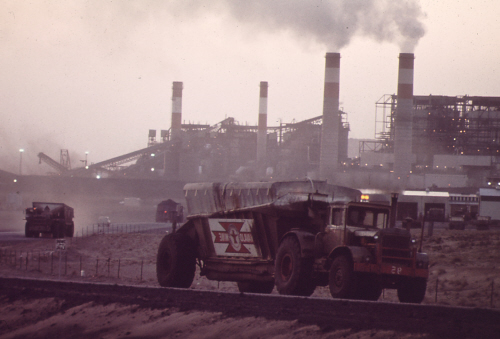Scientists at North Carolina A&T University have developed some new ways to store and reuse coal as interior and exterior building materials.
Tag: coal
Chinese Artist Turns Beijing Smog Into Building Bricks
Chinese performance artist Brother Nut spent 100 days vacuuming up Beijing smog to create a brick that could be used for building.
Time to Stop Living Dangerously and Move Beyond Coal
Years of Living Dangerously, Showtime’s new multi-part television event, premiering April 13, provides an opportunity to meet the people and see the places affected by climate change.
As Sea Ice Shrinks, Arctic Shipping Options Expand
By Janet Larsen and Emily E. Adams On October 7, 2013, the Nordic Orion bulk carrier ship completed its journey from Vancouver, Canada, to Pori, Finland, having traveled northward around [ … ]
U.S. Carbon Dioxide Emissions Down 11 Percent Since 2007
Carbon dioxide emissions from burning fossil fuels in the United States peaked at more than 1.6 billion tons of carbon in 2007. Since then they have fallen 11 percent, dropping to over 1.4 billion tons in 2013, according to estimates from the U.S. Energy Information Administration. Emissions shrank rapidly during the recession, then bounced back slightly as the economy recovered. But shifting market conditions, pollution regulations, and changing behaviors are also behind the decline.
Fossil Fuel Use Pushes Carbon Dioxide Emissions into Dangerous Territory
Since the dawn of the Industrial Revolution, carbon emissions from burning fossil fuels have grown exponentially. Despite wide agreement by governments on the need to limit emissions, the rate of increase ratcheted up from less than 1 percent each year in the 1990s to almost 3 percent annually in the first decade of this century.
The Energy Game is Rigged: Fossil Fuel Subsidies Topped $620 Billion in 2011
The energy game is rigged in favor of fossil fuels because we omit the environmental and health costs of burning coal, oil, and natural gas from their prices. Subsidies manipulate the game even further. According to conservative estimates from the Global Subsidies Initiative and the International Energy Agency (IEA), governments around the world spent more than $620 billion to subsidize fossil fuel energy in 2011.
Cheap Solar Power at Hangin' with sustainablog
Missed today’s Hangin’ with sustainablog live broadcast? Not a problem – we’ve got recordings that you can listen to or watch.
The Carbon Footprint of Santa's Trip Around the World [Infographic]
Flying reindeer and a sleigh would seem like a pretty eco-friendly form of travel… but even Santa has a carbon footprint. Toys take energy to make, lumps of coal are carbon-intensive, and reindeer produce methane just like cattle. Here are some suggestions for St. Nick and team for cutting the environmental impact of their annual trip around the world.
The Great Transition, Part I: From Fossil Fuels to Renewable Energy
The great energy transition from fossil fuels to renewable sources of energy is under way. As fossil fuel prices rise, as oil insecurity deepens, and as concerns about pollution and climate instability cast a shadow over the future of coal, a new world energy economy is emerging. The old energy economy, fueled by oil, coal, and natural gas, is being replaced with an economy powered by wind, solar, and geothermal energy.
Environmental Groups Sue Over BHP Mine Expansion in New Mexico
A total of five environmental groups are suing the federal government for allowing a coal mine to expand in northwestern New Mexico.
SnagFilms’s Top 5 Earth Day Movies
To honor this year’s Earth Day, SnagFilms has brought to you a collection of excellent films that speak towards our need to protect our planet.
On Coal River: The Costs of "Cheap" Electricity (Movie)
The SnagFilms documentary On Coal River follows the lives of men, women, and children in the Coal River Valley of West Virginia who battle a large coal company.

